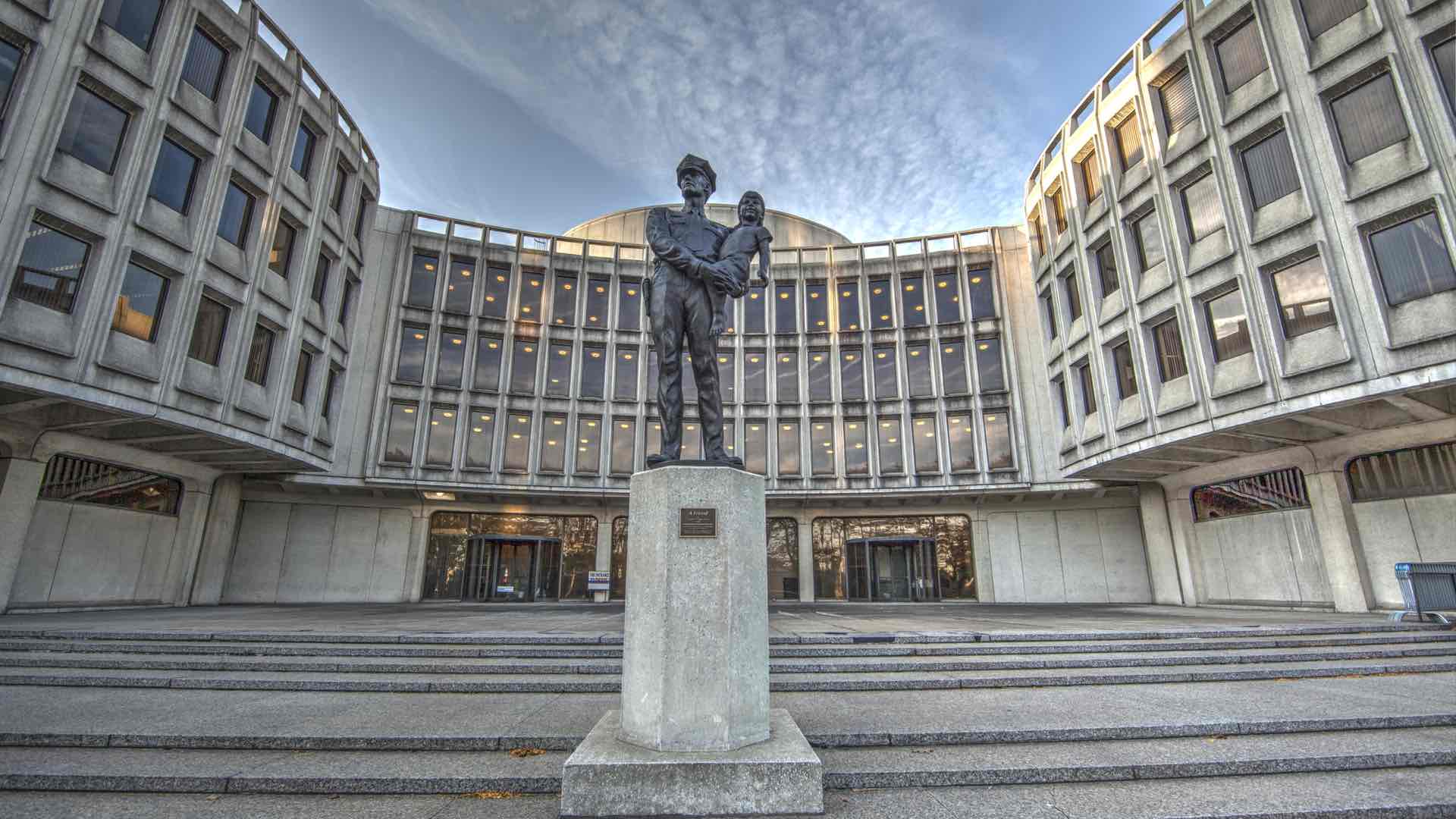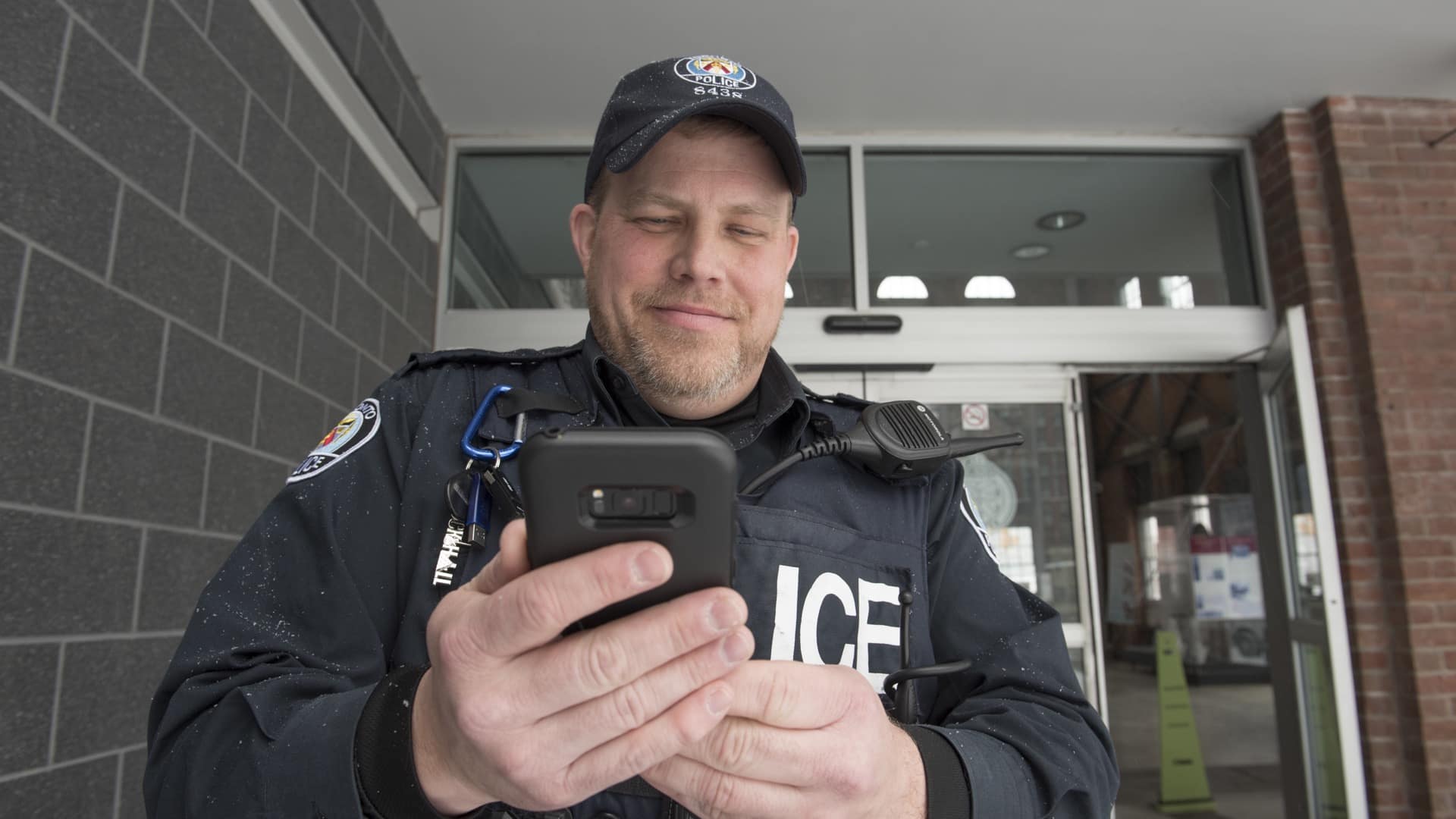

January 31, 2023

After the mass protests and civil unrest following the death of George Floyd in the summer of 2020, Berkeley, California, like many other US cities, created a task force to examine current policing practices and reimagine public safety.
For the members of Berkeley Police Department’s (BPD) Community Services Bureau, Office of Strategic Analysis, questioning actions and reactions is a large part of their mandate. It’s also a passion, and they use data and analysis to understand how to make the city’s policing better.
Lieutenant Matt McGee, who leads the bureau, previously worked as a school resource officer at Berkeley High School after earning a master’s degree in social work. Matt Yee, a bureau team member, began as an intelligence analyst and then became a police officer, and he holds a master’s degree from John Jay College of Criminal Justice. Rounding out the team is Arlo Malmberg. Malmberg, who had previously been critical of the department while earning his master’s degree in public policy at UC Berkeley, now uses his position within BPD to analyze the department’s data to help members make better, more informed decisions.
The Office of Strategic Analysis uses geographic information system (GIS) technology to map calls for service, vehicle and pedestrian stops, detect patterns, and make recommendations to improve police operations.
“We act as a mini think tank, looking at the data and having a lot of conversations about how to do things more efficiently and safely,” McGee said.
Berkeley PD has a culture of engaging people, giving those in crisis the time and distance they need to reduce harm to themselves and others. Before de-escalation training took hold at police departments worldwide, the tactics were long in use here.
For more than 40 years, Berkeley has fielded a Mobile Crisis Team made up of social workers and mental health professionals to provide direct services to adults and children experiencing a crisis. This team takes some of the pressure away from officers by conducting clinical assessments of those in crisis, while the officers focus on the safety of all at the scene.
Berkeley has a rare partnership with licensed therapists and social workers who carry police radios. They respond to situations not in a police vehicle but in a city vehicle, which alone can help calm individuals in a crisis. And they are a great asset to officers because they are external advocates to relate the hard choices officers face in crisis situations.
“Having Mobile Crisis is a huge benefit to the department,” McGee said. “Team members not only respond to that moment out on the street, but they’re here to help officers, dispatchers, and first responders who have been through traumatizing calls.”
The analytics team began gathering data with the desire to quantify the impact the Crisis Team has on the community, with the hope of spreading its worth to other cities.
“We realized that we have to collect better data,” Malmberg said. “We’ve done a lot of analysis around calls for service, but it also opened up a lot of questions we don’t yet have data points for.” So the work on that analysis will follow when reporting data is clearer about the situations and outcomes the Mobile Crisis Team is involved with.
The bulk of the department’s data analysis has been related to a new law that prohibits racial profiling. In 2018, California passed the Racial and Identity Profiling Act (RIPA) that states that officers shall not consider race, ethnicity, national origin, gender, age, religion, sexual orientation/identity, or socioeconomic status in establishing either reasonable suspicion or probable cause, or when carrying out other law enforcement activities.
And in conjunction with the RIPA law’s passage, the Center for Policing Equity conducted an audit on Berkeley PD stop data and found that Black and Hispanic drivers and pedestrians were significantly more likely to be stopped, yet only half as likely to be arrested.
RIPA mandates that all California law enforcement agencies collect stop data along with demographic information and information about the officers involved and publish it in an annual report by 2023. The data must include where these stops happen, in what context the stops occur, and what the officers did during the stops.
Berkeley PD’s Office of Strategic Analysis decided to go all in on transparency by using ArcGIS Hub to publish data about all stops. This was a fairly easy step, because the team had already gathered the data in ArcGIS to answer questions about the workload of officers and hot-button issues such as racially motivated stops and use of force.
And the Police Transparency solution pulls together tools to share information and communicate engagement efforts with the public.
“We decided to meet all those demands for data, transparency, and analysis by putting it into one public portal,” Yee said.
Team members consolidated their workload into maintaining one portal, with the goal that the self-service resource would reduce the time they spend answering questions and free them up to conduct more analysis.
If you’re a community member and you see an incident occur out in front of your house, you can go to the Transparency Hub the next day and get a good idea of what happened. The site shares all the details of the police interaction, except personal identifying information of the person arrested.
“One of the underlying goals of the Transparency Hub is to tell the story of each stop,” McGee said. “It’s about communicating to the public why we do what we do.”
While the Berkeley Police Department has had many systems in place to collect data about crime and police activities, the output has traditionally been for reports or to respond to community requests.
“We were data aware and data-minded in the past, but we weren’t data-driven,” Yee said. “Now, we’re not only analyzing the numbers, but we’re also pushing the analysis out to patrols, looking at accountability, and having the deep conversations about how we can be better.”
Reporting on the work of police has also changed. For instance, use-of-force numbers were historically very low, in fitting with the department’s stance of de-escalating situations. Now, the department tracks everything from a grab of a hand to handcuffing, so the numbers have quadrupled. But with the Transparency Hub, the department can provide the explanation as to why.
The step the department took to make the data accessible to everyone was also designed to engage the community.
“It’s easy to say we’re transparent, but what does that really mean?” McGee said. “For us, it’s based on listening and responding to the community. The Transparency Hub is starting to define the word transparency for our community, from our community.”
Learn more about how GIS helps police agencies become more transparent and accountable.
Watch the video below for a tour of the Berkeley Police Transparency Hub.


